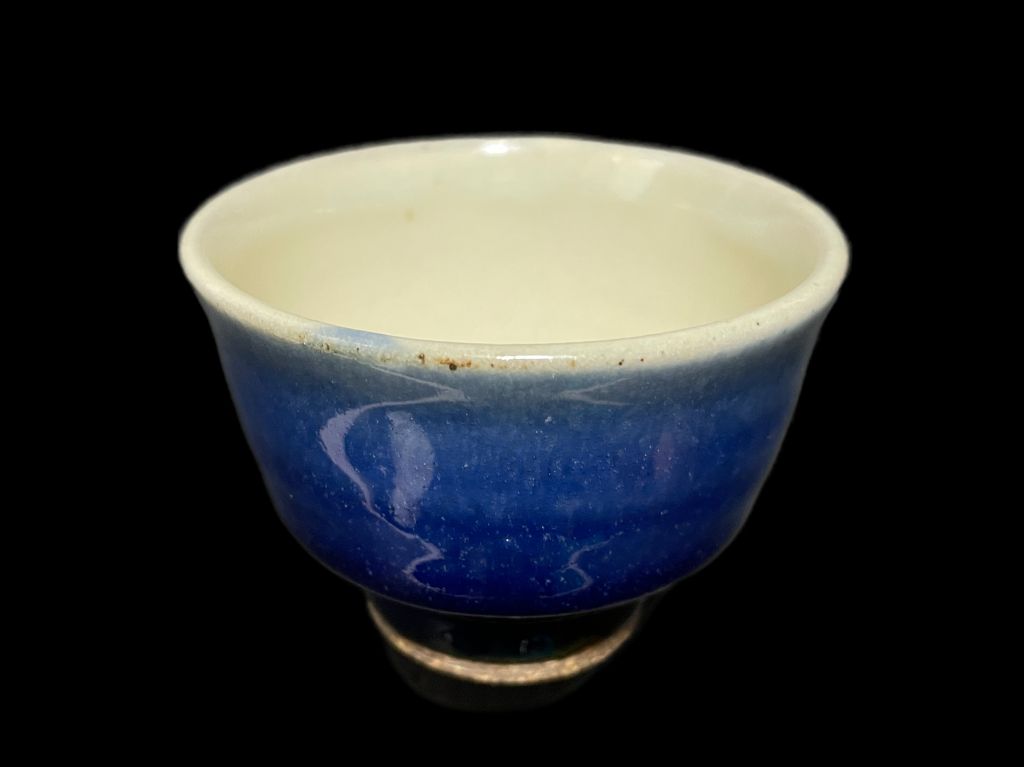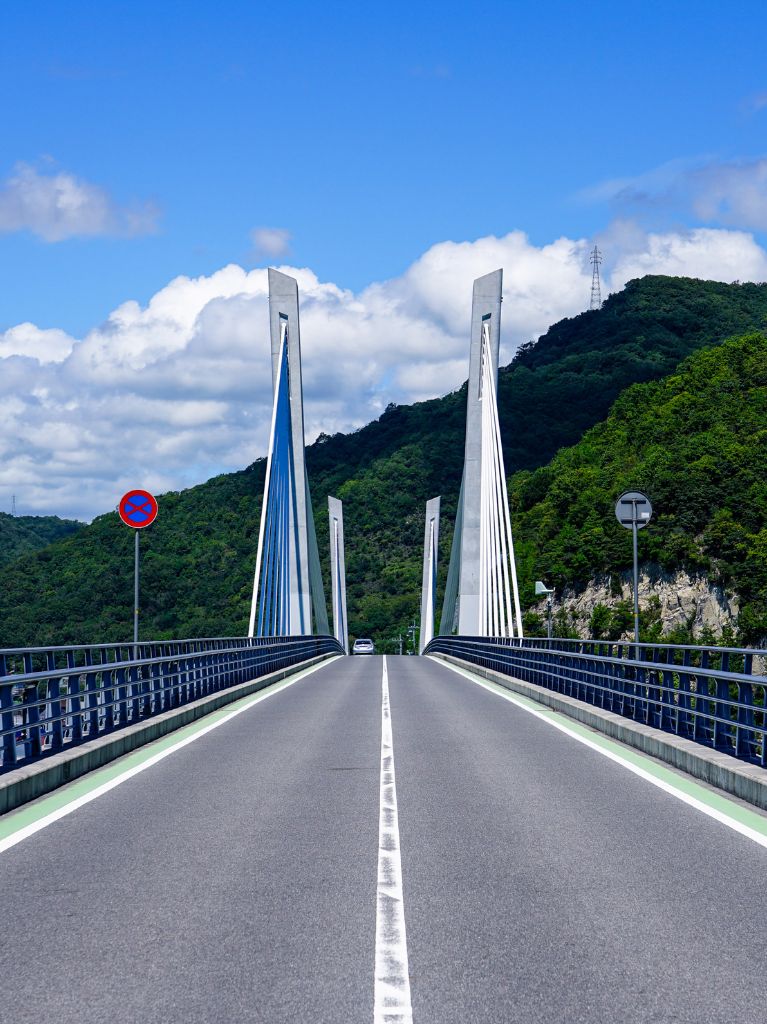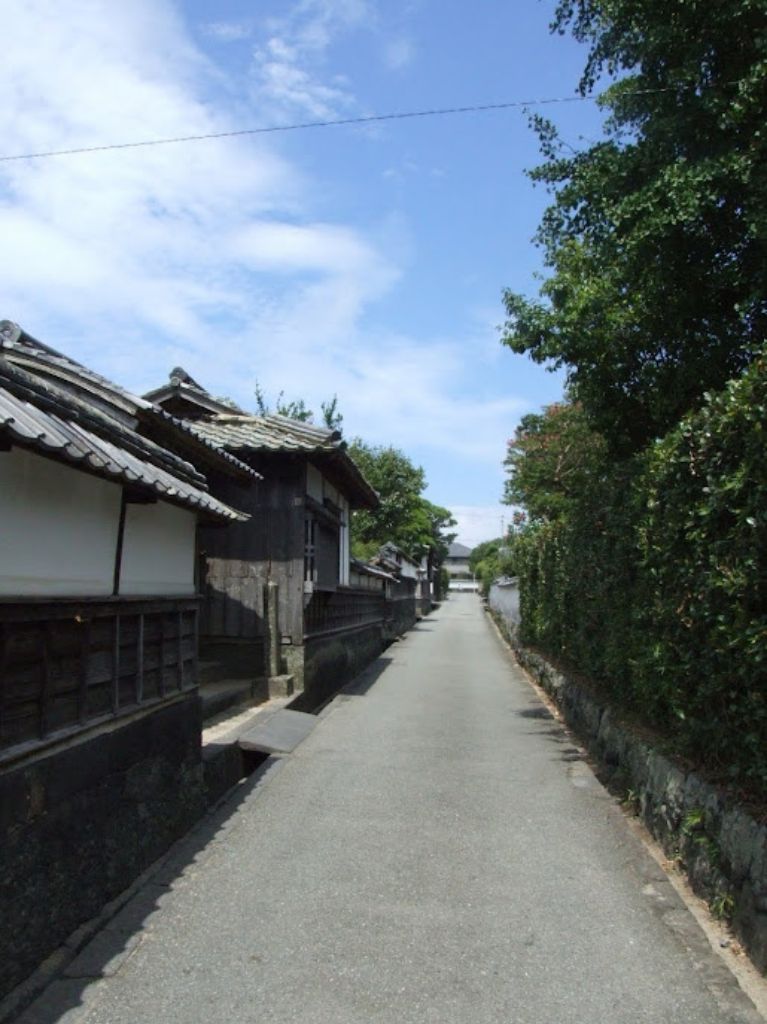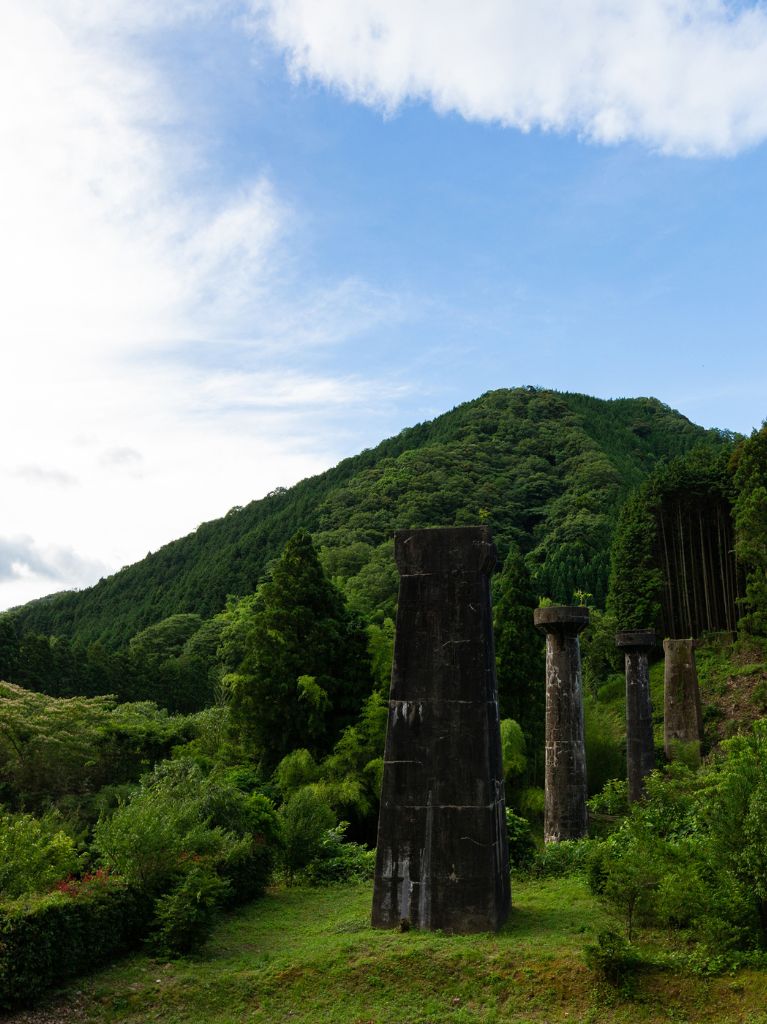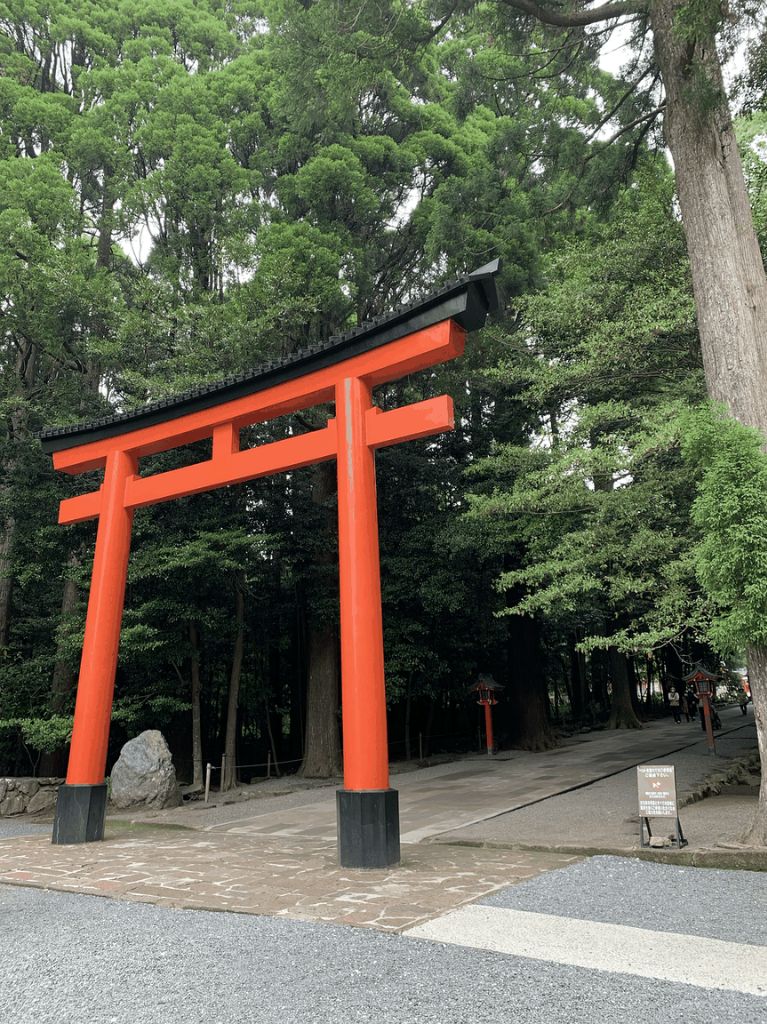CHUGOKU
BIZEN YAKI
BIZEN YAKI is a traditional Japanese pottery produced near Bizen City, Okayama Prefecture, and is one of the “Six Ancient Kilns of Japan”. It has a long history, with the manufacturing method of SUEKI being introduced from the Korean Peninsula, and bowls, plates, tiles, etc. being made at the foot of Mt. Kumayama during the Heian period.
Traditional BIZEN YAKI is characterized by its simplicity and hardness, as it is fired at high temperatures without glaze. Modern BIZEN YAKI also inherits the tradition, does not use glaze, and is pottery that changes color depending on the fuel wood.
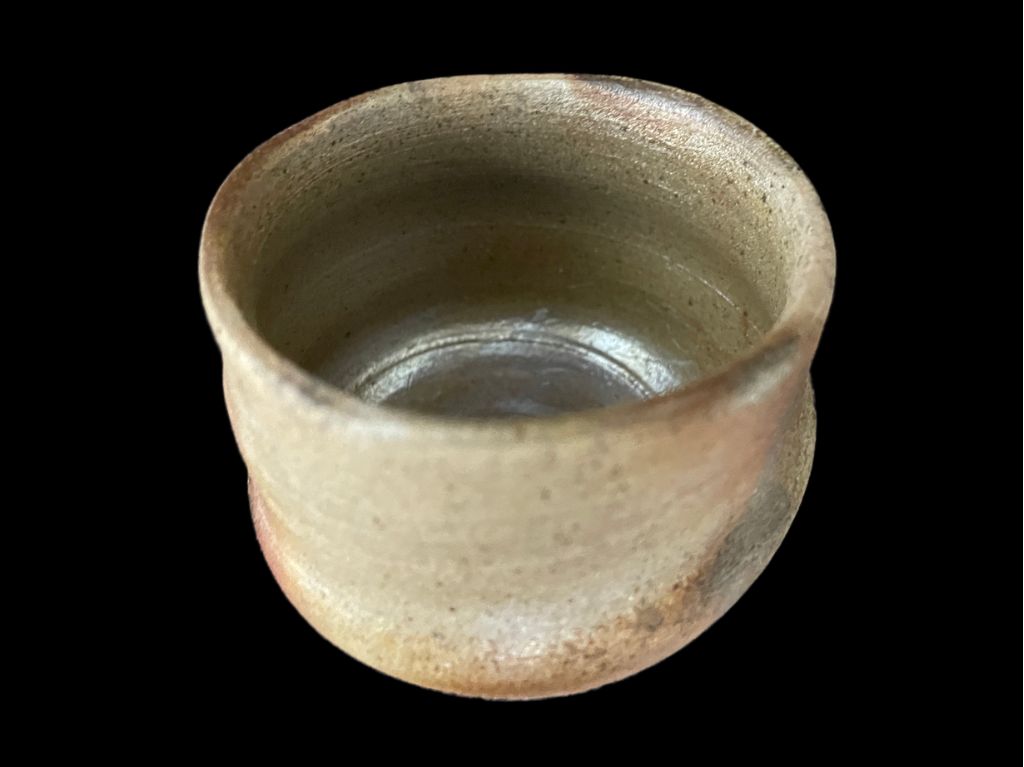
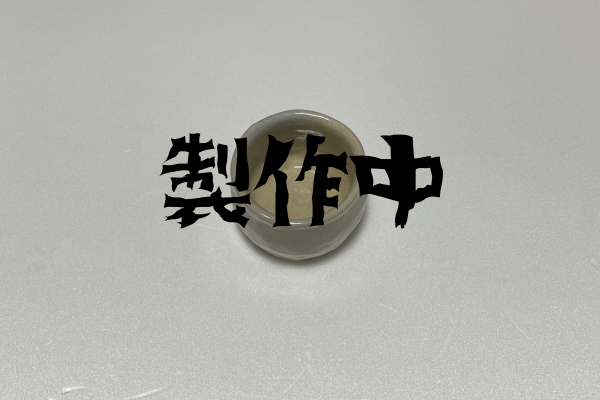

HAGI YAKI
HAGI YAKI is a traditional pottery produced in the area around Hagi City, Yamaguchi Prefecture. Its history dates back to the early Edo period, when production is said to have begun by potters Ri Shokukou and Ri Kei, who moved to Hagi from the Korean Peninsula.
Traditional HAGI YAKI (Old HAGI) is pottery with a rough surface with cracks called “crazing” and a flesh-colored or white color. The soft clay is absorbent, so it takes on a unique color with continued use. Modern HAGI YAKI often uses local clay and glazes, but new colors and textures are also being created.
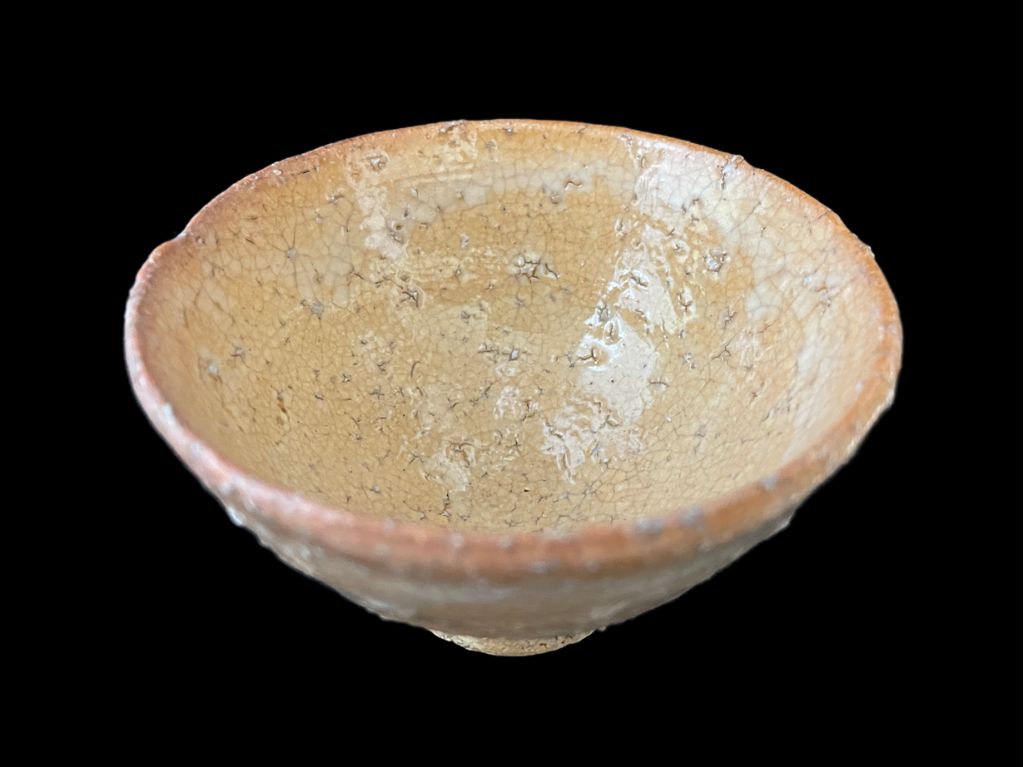


IWAMI YAKI
Iwami yaki is a traditional Japanese pottery produced in the Iwami region of Shimane Prefecture. Its history began in the mid-18th century, and it was produced in large quantities during the Meiji period, mainly in water jars. It is now designated as a traditional craft.
Traditional Iwami yaki is characterized by its strength, using high-quality clay with high fire resistance and a reddish-brown glaze called kimachi glaze with a black flowing pattern. In addition, modern Iwami yaki also uses various glazes and is available in colorful pottery.
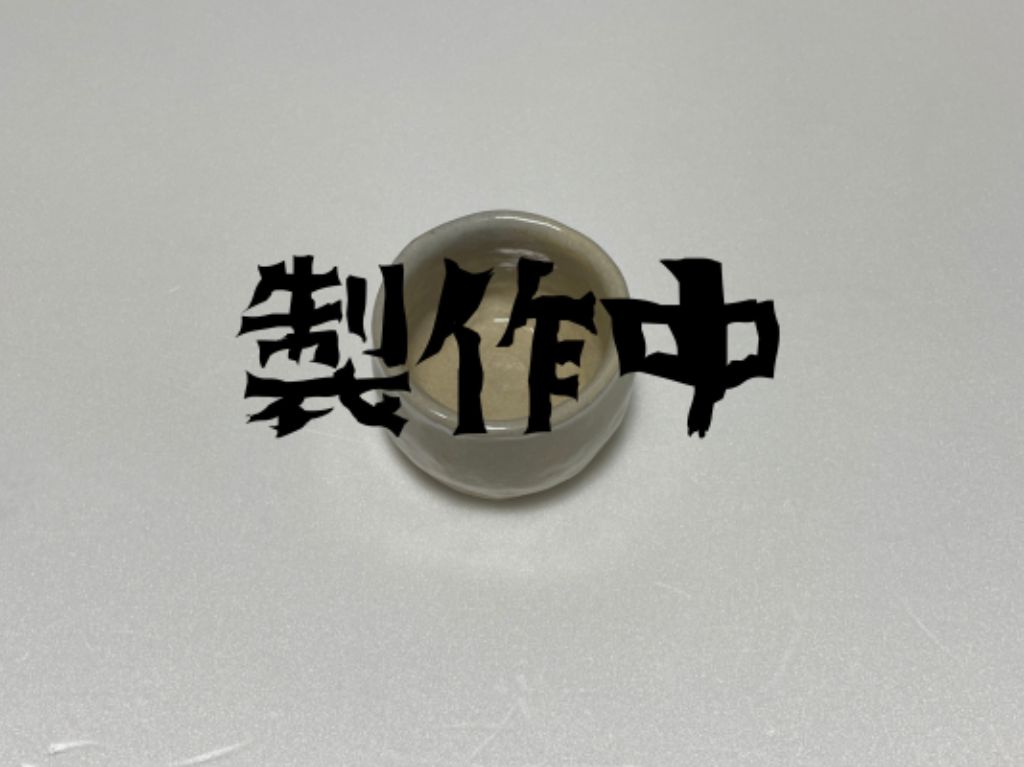


CHUGOKU (Others)
CHUGOKU region is one of the areas that has been producing pottery since ancient times, including BIZEN YAKI, one of the “Six Ancient Kilns of Japan”, and HAGI YAKI made by potters from the Korean Peninsula. Even today, many potters create works every day, including in private kilns.
